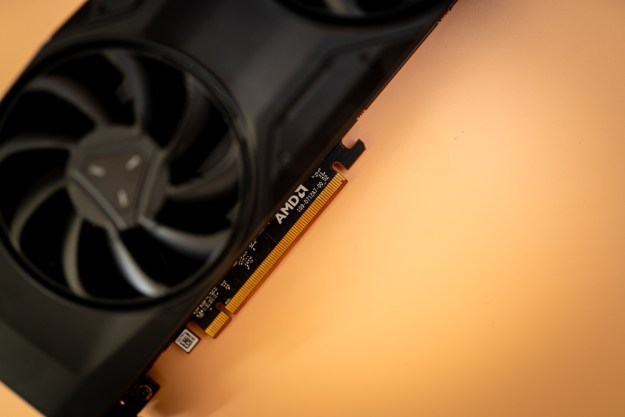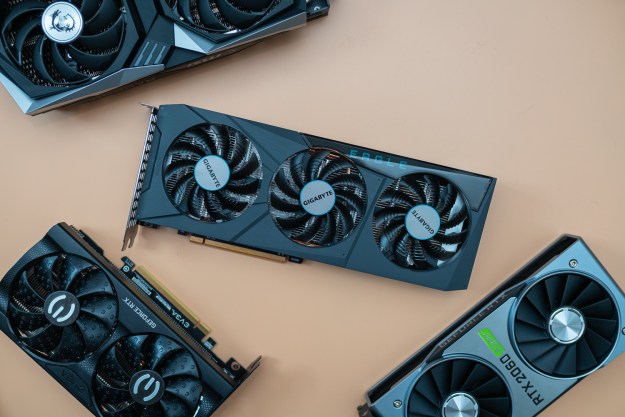
After Apple effectively lifted the veil earlier this week with its updated MacBook notebook lineup, Nvidia has officially announced its GeForce 9400M mobile graphics processor, intended for power-conscious and space-constrained notebook computer systems. And Nvidia says the 9400M is not only five times faster than standard integrated graphics found on Centrino 2 notebooks—it also takes up half the space.
“With this new GPU, NVIDIA is able to expand its market footprint from gamers and design professionals to the creative generation of users, as well as firmly establish us at the heart of the fastest growing PC market–the notebook PC,” said senior VP of Nvidia’s GPU business Jeff Fisher, in a statement.
The Nvidia GeForce 9400M features 16 parallel processing cores that can work up to a 54 GFLOP processing frenzy, which puts it head and shoulders above other onboard mobile graphics processors. Of course, that kind of processing also eats more battery power…which is presumably part of why Apple paired the 9400M with a lower-power graphics controller and is letting users switch between them when they need higher-power graphics performance. (Unfortunately, switching requires users log out and log back into their Mac.)
Editors' Recommendations
- Nvidia RTX 50-series graphics cards: news, release date, price, and more
- Let’s create: Why NVIDIA Studio laptops are quintessential for content creators
- Why I’m feeling hopeful about Nvidia’s RTX 50-series GPUs
- I’m worried about the Nvidia RTX 4080 Super
- I’m scared of next-gen Nvidia GPUs, and you should be too


